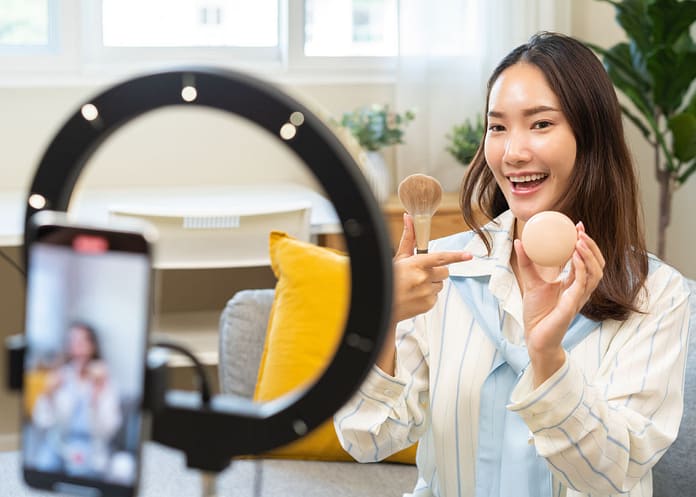Nowadays, those with small businesses need the internet to increase brand visibility, generate engagement, and facilitate direct communication with customers. Video content has greater reach and retention on social media and makes the message more persuasive and accessible. Additionally, with them it is possible to demonstrate products, services, and values dynamically, creating a connection and increasing the audience's trust.
But it's not always easy to record for the internet; the fear of exposure and excessive self-criticism are usually natural barriers, but entirely surmountable. According to communication and public speaking expert with over 15 years of dedicated studies on the subject, Giovanni Begossi, the secret lies in changing the relationship with the camera and turning the recording into a genuine conversation.
Giovanni shares 10 tips to make practice feel more natural. Confira:
1 – Turn your camera into your ally. The camera is not a judge, but a channel to connect people. Imagine you're talking to a close friend and look into the lens as if it were that person. Making eye contact with the camera conveys confidence and brings the audience closer. Furthermore, the more personal and natural your approach is, the easier it will be to let go.
2 – Serious without the intention to publish and remove the pressure of external judgment. At the beginning, make videos just for yourself; this helps to get used to your own voice, expressions, and the feeling of positioning yourself in front of the camera.
3 – Practice every day; the ability to communicate on video improves with repetition. Propose a personal challenge to yourself: record a short video daily, even if you don't publish it. In a short time, you will notice the progress.
4 – Use a simple script. Note the main points you want to address, but avoid memorizing word for word. The naturalness comes from understanding the subject, not from memorization.
5 – Oil that perfection does not exist. Authentic videos create more connection than highly rehearsed ones. Small errors are part of real communication; fix what you can, but don't be paralyzed by perfectionism.
6 – Consider blocking or hiding some people on Instagram. If you have colleagues, family members, or acquaintances whom you feel may judge or mock the content, consider hiding these people.
7 – Adjust your posture and breathing. An open posture and controlled breathing help with confidence. Before recording, take a few deep breaths and release the tension from your shoulders. That improves diction and naturalness.
8 – Edit only what is necessary. Editing can help, but don't overdo it. Overly cut videos can appear artificial. Allow your audience to see your true way of expressing yourself.
9 – Watch the videos with a constructive perspective. When reviewing your recordings, focus on what can be improved and what is already working. Avoid being overly critical – evolution comes with gradual adjustments, not self-sabotage.
10 – Start small, but start, and know that the first video will always be the hardest. Don't wait for the perfect moment or the perfect equipment. Pick up the phone, press "record," and take the first step. The earlier you start, the faster you'll lose your shyness. And always remember: the audience values authenticity much more than perfection.


